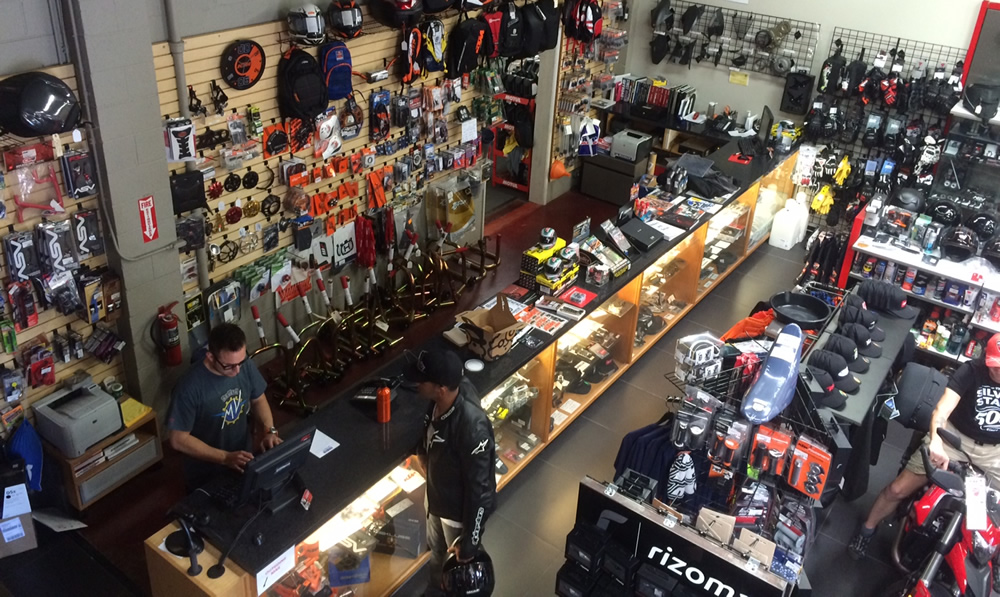Locate Affordable Costs on Motocross Parts NZ for each Bike
Locate Affordable Costs on Motocross Parts NZ for each Bike
Blog Article
Grasping Motorbike Gears: Exactly How to Maximize Your Riding Experience
In the realm of motorcycling, understanding the art of gear adjustment is vital for enhancing your riding performance. Effectively using and comprehending motorbike equipments can dramatically affect fuel, acceleration, and control efficiency, changing an ordinary trip into a seamless, exhilarating journey. By incorporating accurate change timing and adjusting gear selection to different roadway problems, riders can ensure optimal engine efficiency and safety and security. The nuances of clutch control, throttle control, and equipment technicians bid a much deeper expedition, assuring to unlock the complete potential of your maker. How can these techniques be harnessed to truly optimize your riding experience?
Understanding Gear Mechanics
At the core of bike dynamics, equipment mechanics play a critical duty in transforming engine power into activity, inevitably dictating rate and control. The gear proportions, carefully made, identify the partnership between engine changes and wheel turns, impacting acceleration and gas performance.
Comprehending equipment auto mechanics starts with acknowledging the significance of the gearbox, which houses numerous gears of varying dimensions. These gears engage through a procedure known as meshing, where teeth of various equipments engage to send power.
Furthermore, the principle of gear moving is indispensable to making the most of efficiency. Smooth and timely shifts make certain that the engine operates within its ideal power band, preventing unnecessary stress and boosting longevity (motocross gear). By comprehending these mechanical ins and outs, cyclists can achieve a harmonious mix of control, effectiveness, and power, boosting their riding experience
Timing Your Shifts
Shift timing mastery is vital for maximizing bike efficiency and boosting the riding experience. Properly timed shifts make sure that the engine runs within its optimum power band, which is crucial for maintaining control, achieving smooth acceleration, and guaranteeing the durability of the motorbike. Motorcyclists need to develop an intuitive sense of when to shift gears, which involves understanding the partnership in between engine revolutions per minute (RPM) and rate.
To understand change timing, pay close focus to the engine's noise and feel, as these offer important hints concerning when to alter gears. The optimal shift point typically takes place when the engine comes close to the top variety of its power band without reaching the redline. Changing prematurely can result in a lack of power, while changing as well late may create unnecessary engine strain
Furthermore, roadway problems and riding style impact shift timing. As an example, in metropolitan settings, smoother and extra regular shifts may be essential to navigate website traffic effectively. On the other hand, during highway riding, less shifts at greater speeds can be better. Practicing in different environments will boost your capability to time changes precisely, inevitably raising your riding experience to a specialist level.
Enhancing Fuel Performance
While mastering bike gears is critical for performance, enhancing fuel effectiveness is just as essential for both ecological and economic reasons. Ideal gas intake not only decreases functional prices but also lessens the ecological footprint of riding. To accomplish this, one need to recognize the intricate connection between equipment selection and engine efficiency.
Firstly, selecting the best gear at proper rates can significantly impact fuel consumption. Riding in a greater gear at reduced rates can bring about engine lugging, which is damaging to both gas economic situation and engine wellness. Conversely, riding in lower gears at broadband results in unnecessary fuel consumption. Hence, maintaining an optimum equilibrium by shifting equipments abreast with roadway problems and expected maneuvers is necessary.
In addition, routine maintenance plays a critical role in gas performance. Making certain that the bike is well-tuned, with clean air filters and correctly pumped up tires, can minimize and enhance the rules of aerodynamics gas wastage. Embracing a riding style that welcomes gradual acceleration and linked here smooth slowdown can contribute to far better fuel economy.

Strategies for Smooth Transitions
Accomplishing smooth gear changes is essential to enhancing the riding experience and ensuring the long life of a motorcycle's transmission system. Correct gear changing not only adds to a smooth experience however additionally lessens deterioration on the mechanical parts. To grasp the art of smooth changes, bikers have to focus on a couple of key methods.

Second of all, clutch control plays an essential role. Involving and disengaging the clutch efficiently requires practice. The clutch lever must be launched progressively, enabling a seamless transfer of power from the engine to the wheels without triggering a shock or sudden activity.

Adapting to Road Problems
Browsing varied roadway conditions is an important ability for any kind of motorcyclist intending to keep control and safety and security. Whether you're riding on damp surfaces, gravel roads, or browsing doglegs, your capability to adapt your gear use and riding strategy is extremely important. Recognizing just how to change your gears appropriately can significantly influence grip and stability, ensuring a more secure trip.
On damp roads, it is advisable to maintain greater equipments to decrease torque and minimize wheel spin. This strategy aids preserve grip on unsafe surfaces, permitting for smoother velocity and slowdown. On the other hand, when riding on crushed rock or uneven surface, lower equipments are more effective. Lower equipments supply better control and permit you to respond even more quickly to unexpected modifications in the roadway surface.
Sharp curves demand specific equipment Visit Website monitoring to stabilize browse this site speed and control. Downshifting prior to getting in a curve can aid preserve momentum while ensuring the motorbike stays steady throughout the turn. Consistent practice in varied problems improves your capacity to predict and react to modifications in roadway texture and incline.
Verdict
Grasping motorbike gears substantially improves the riding experience by enhancing acceleration, control, and fuel effectiveness. Adapting gear selection to various roadway problems, such as utilizing higher gears on wet surface areas and reduced gears on gravel, further enhances handling and safety and security.
Understanding equipment technicians starts with acknowledging the significance of the transmission, which houses numerous gears of varying dimensions. These equipments engage through a process recognized as meshing, where teeth of various gears engage to send power (motocross gear). Gentle changes to the throttle throughout gear changes can stop jerky motions and maintain a regular riding rate
Whether you're riding on damp surfaces, crushed rock roads, or navigating sharp turns, your capability to adapt your equipment use and riding technique is paramount. Adjusting equipment selection to numerous roadway conditions, such as using greater gears on wet surfaces and lower equipments on gravel, more enhances handling and safety.
Report this page